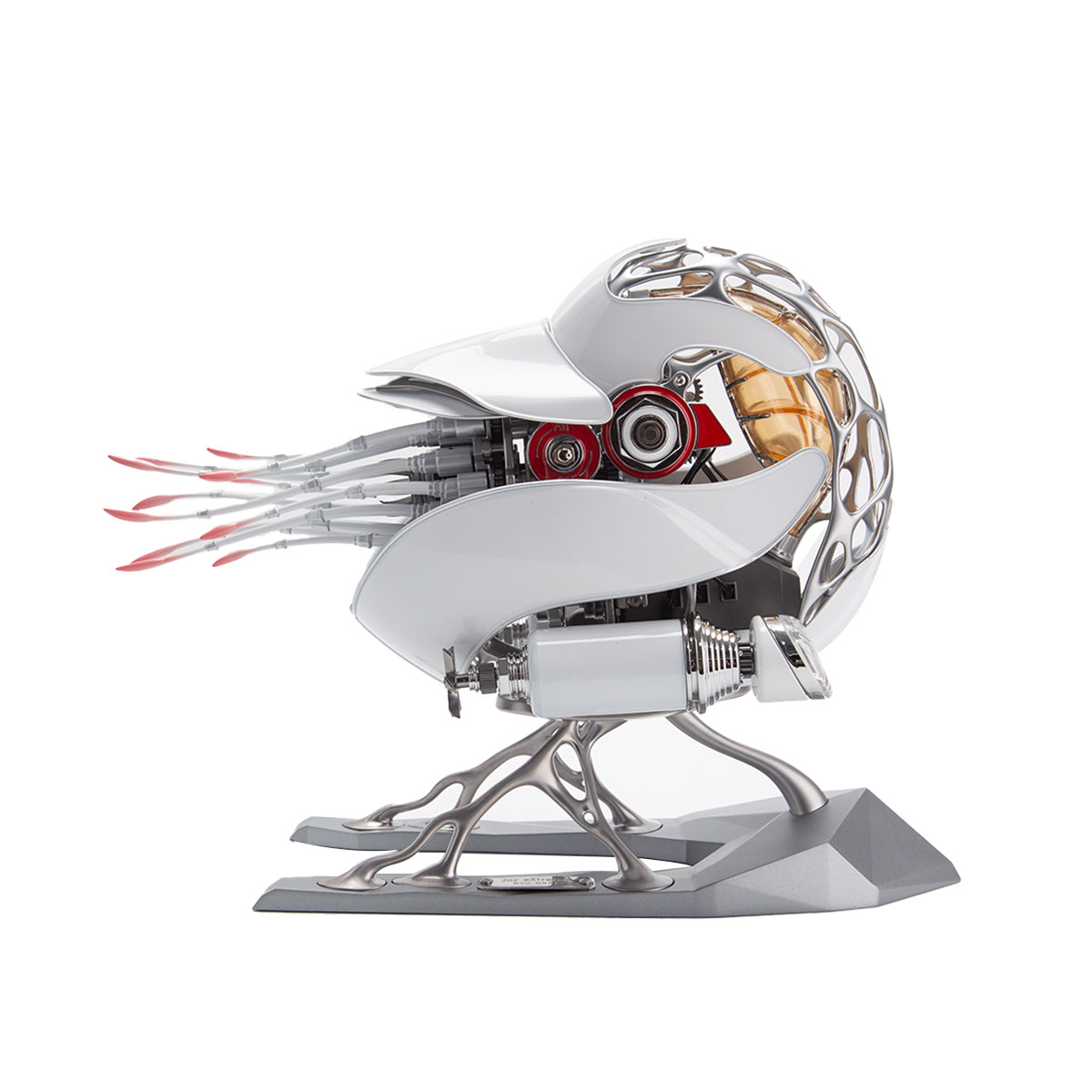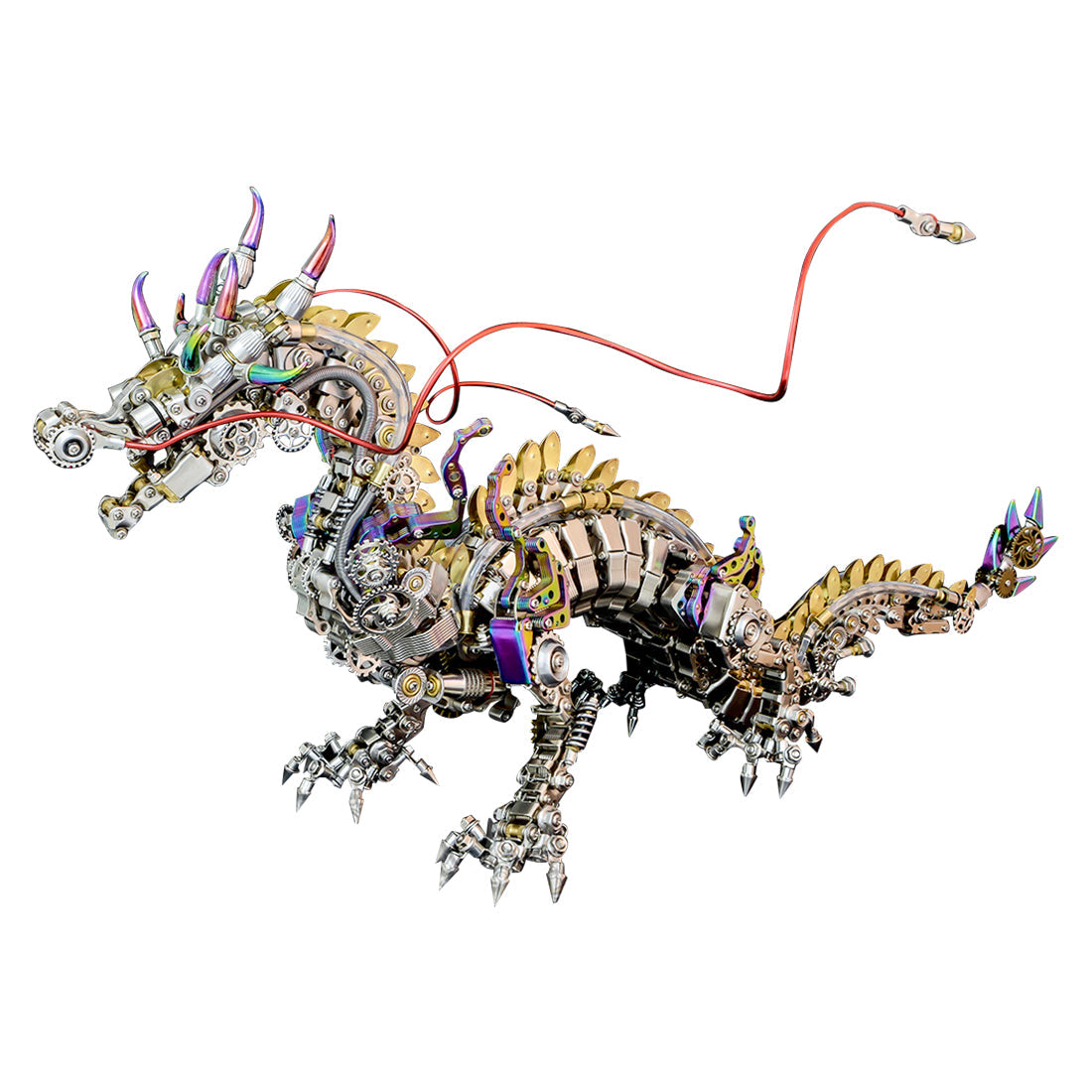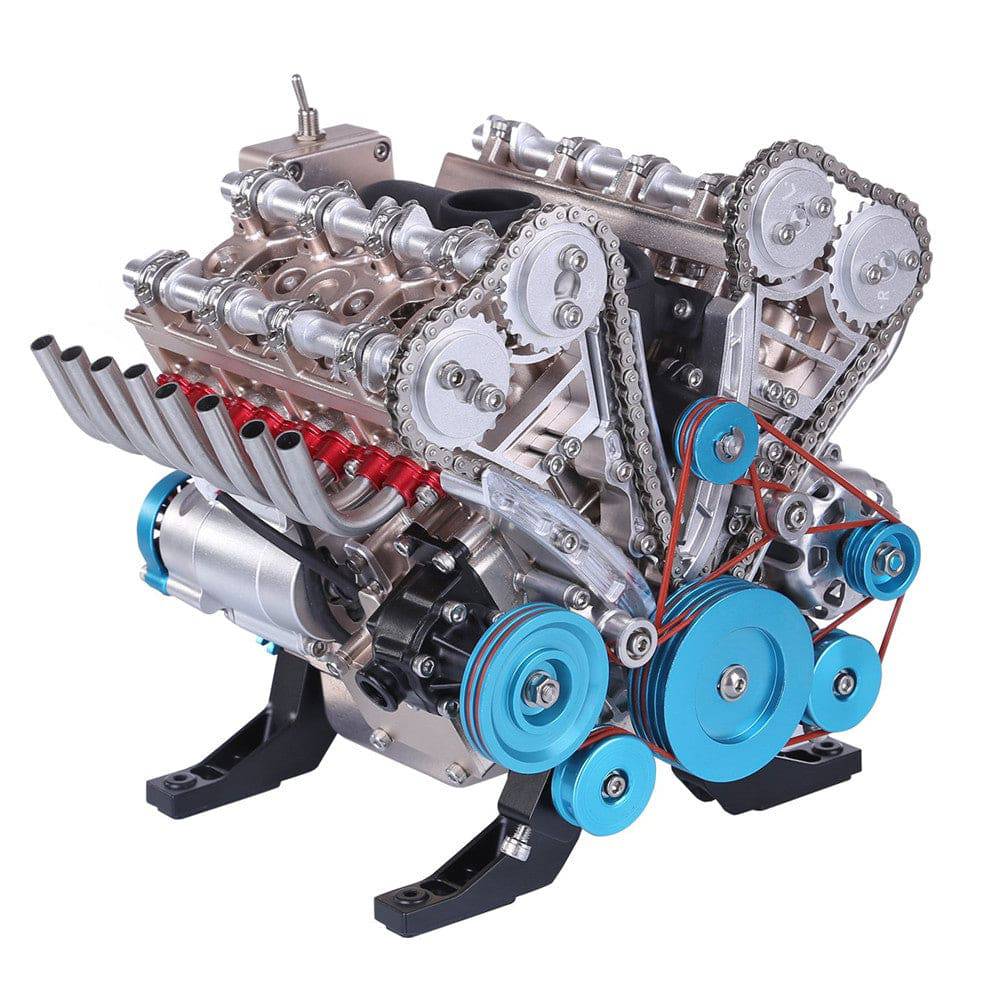Easy 3D Metal Puzzle Guide
Easy 3D Metal Puzzle Guide
3D metal puzzles are often misunderstood as simple toys, but they combine engineering, art, and craftsmanship. This guide breaks down everything you need to know in minutes—from materials to design philosophy.
1. Types of 3D Metal Puzzles & Use Cases
Construction
Building for Fun:
These puzzles are perfect for those who enjoy the process of assembly. They can be used as a leisure activity, helping to relieve stress and improve hand-eye coordination.
Educational Purpose:
Many 3D metal puzzles are designed with educational values in mind. They can be used as learning tools for children and adults alike, enhancing problem-solving skills and spatial reasoning.
Display
Home Decor:
Once completed, these puzzles can serve as beautiful decorative pieces. They can be displayed on shelves, mantelpieces, or any other suitable surfaces in your home, adding a touch of art and creativity to your living space.
Office Decor:
They also make great additions to office spaces. Placing them on desks or in meeting rooms can create a unique and inspiring atmosphere.

2. Skill Levels
- Explorer: 100–500 pieces (e.g., Metal Scorpion, Steampunk Mobula Manta Ray).
- Adventurer: 500–1000 pieces (e.g., V8 Engine, Eastern Dragon Roar – Dragon Head).
- Mastermind: 1000–2000 pieces (e.g., Mechanical Tyrannosaurus Rex, Chinese Dragon).
-
Legend: 2000+ pieces (e.g., Bloodthirsty Aurora Dragon, Three-Headed Dragon).

3. Purpose
- Stress Relief: Focus on repetitive, meditative assembly for relaxation.
- STEM Education: Teaches mechanical principles like gear ratios and structural engineering.
-
Collectibles: These puzzles are not just for building and displaying. They are also highly collectible items. Collecting these puzzles can be a fun hobby, and some collectors even display their collections in special cabinets or rooms.

4. Core Materials & Craftsmanship
Metal Types
- Stainless Steel: Rust-resistant, durable, and polished for a premium finish.
- Aluminum Alloy: Lightweight, ideal for large or hanging models.
-
Brass Accents: Used in high-end sets for gold-like detailing.

Precision Engineering
- Laser-Cut Components: Sub-millimeter accuracy ensures seamless assembly.
- Layered Design: Parts are etched in numbered layers to avoid confusion.
- Snap-Fit System: No glue or soldering required—interlocking tabs hold pieces firmly.
5. Key Design Features
A. Modular Mechanics
- Gear Systems: Functional gears transfer motion (e.g., wind-up motors, rotating wings).
- Hidden Joints: Invisible connectors preserve the model’s sleek appearance.
-
Multi-Axis Movement: Advanced models allow 360° articulation.

B. Aesthetic Detailing
- Etched Patterns: Laser-engraved textures mimic rust, wood, or scales.
- Thematic Consistency: Steampunk, cyberpunk, or retro-futuristic motifs.
-
LED Integration: Some kits include battery-powered lights for dramatic displays.

6. Anatomy of a 3D Metal Puzzle
- Base Frame: The skeleton of the model, often with pre-bent structural supports.
- Gears & Cogs: Interlocking teeth designed for smooth motion. Larger gears = torque; smaller = speed.
- Connector Pins: Tiny rods that lock moving parts without visible screws.
- Decorative Panels: Outer shells with engraved details (e.g., rivets, vents) for realism.
-
Display Stand: Adjustable stands with branding plaques for showcasing finished models.

7. Maintenance & Customization
- Cleaning: Use a soft brush to remove dust; avoid water to prevent oxidation.
- Custom Paint Kits: Non-corrosive acrylics for personalizing models.
-
Expandability: Some sets allow for interchangeable exterior components (e.g., Golittleshop™ 630PCS Premium 3D Metal Dragon Puzzle – Nidhogg).

8. Why Choose Golittleshop™?
Golittleshop™ is committed to providing high-quality 3D metal puzzles. We are constantly optimizing and iterating our supply chain to ensure the continuous improvement of product quality. Our team of experienced product designers pays great attention to detail, ensuring that every puzzle meets the highest standards. We also have a mature management team that follows up on after-sales issues in a timely manner, providing considerate after-sales service. Our goal is to make sure every customer has a satisfying building experience.
With this easy guide, you can now better understand the world of 3D metal puzzles and make informed choices when selecting and assembling them. Happy puzzling!






